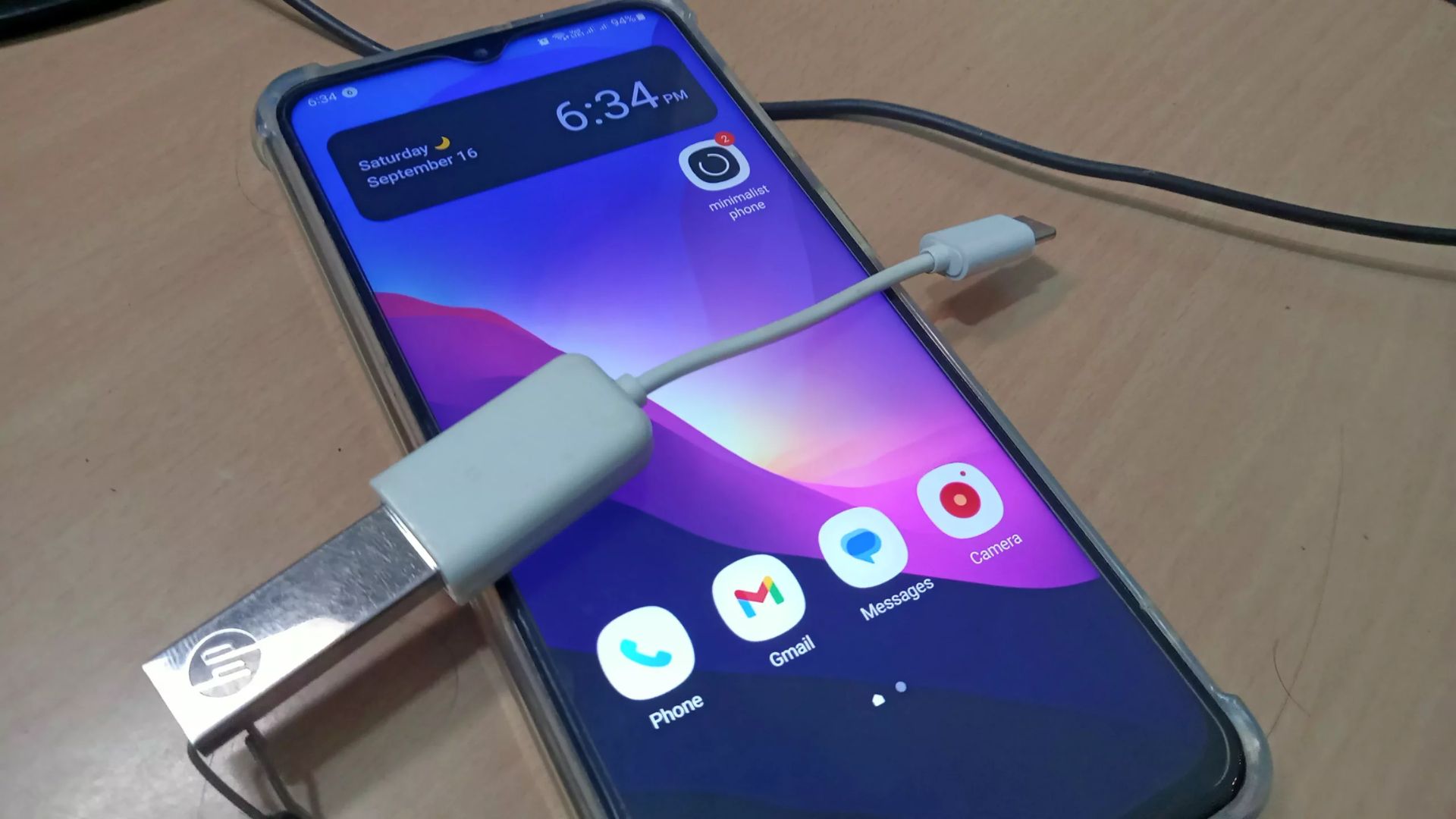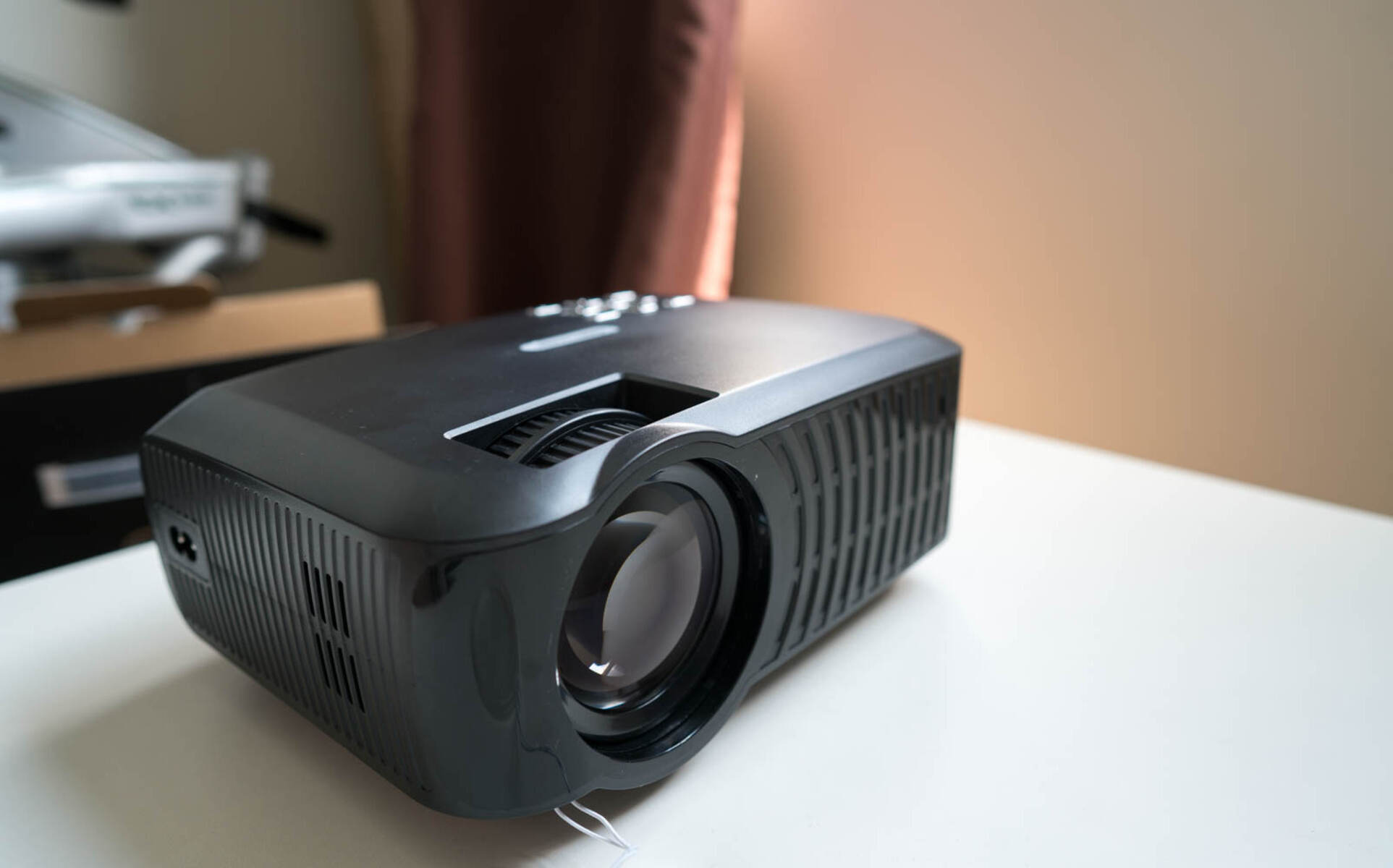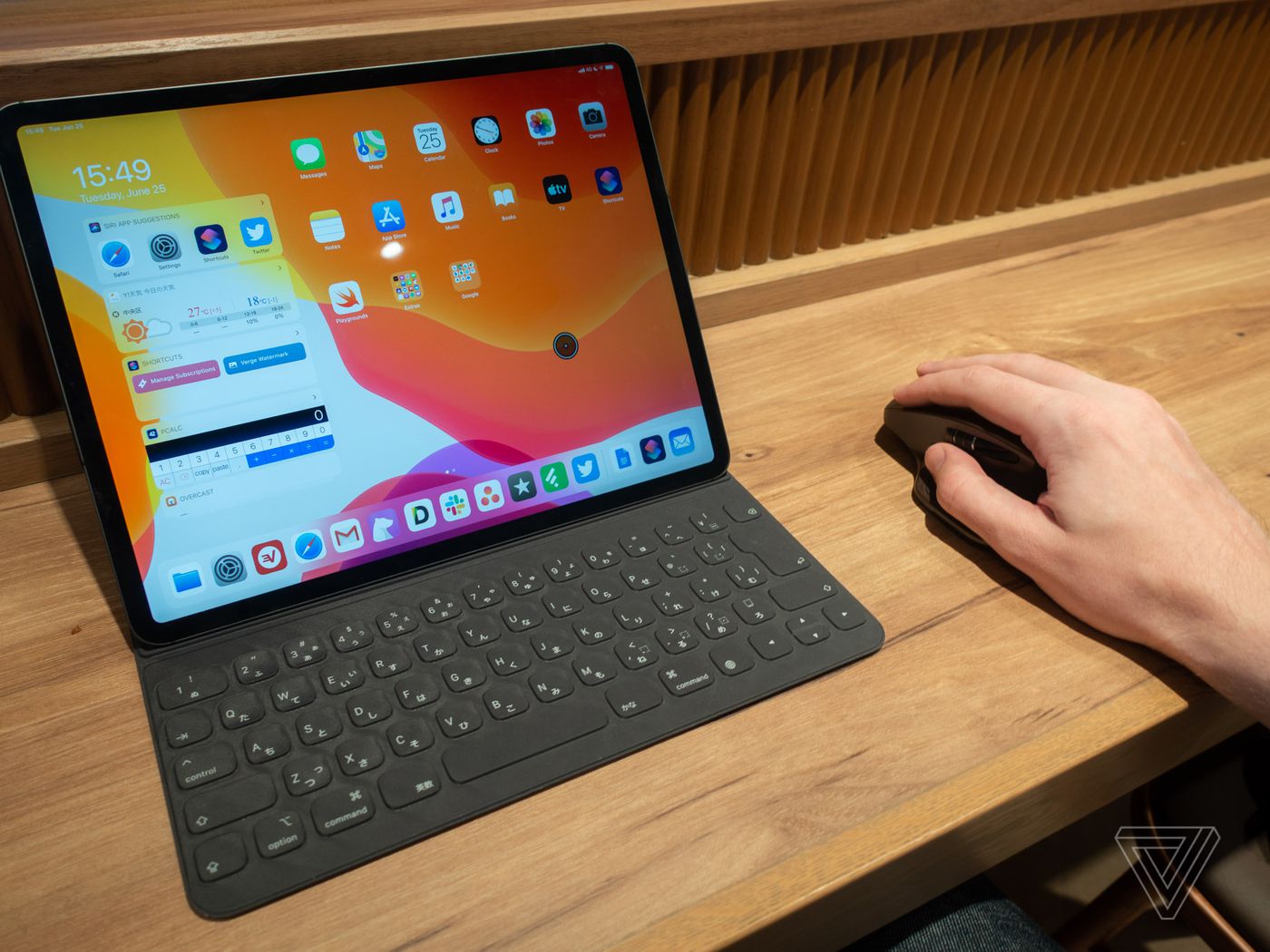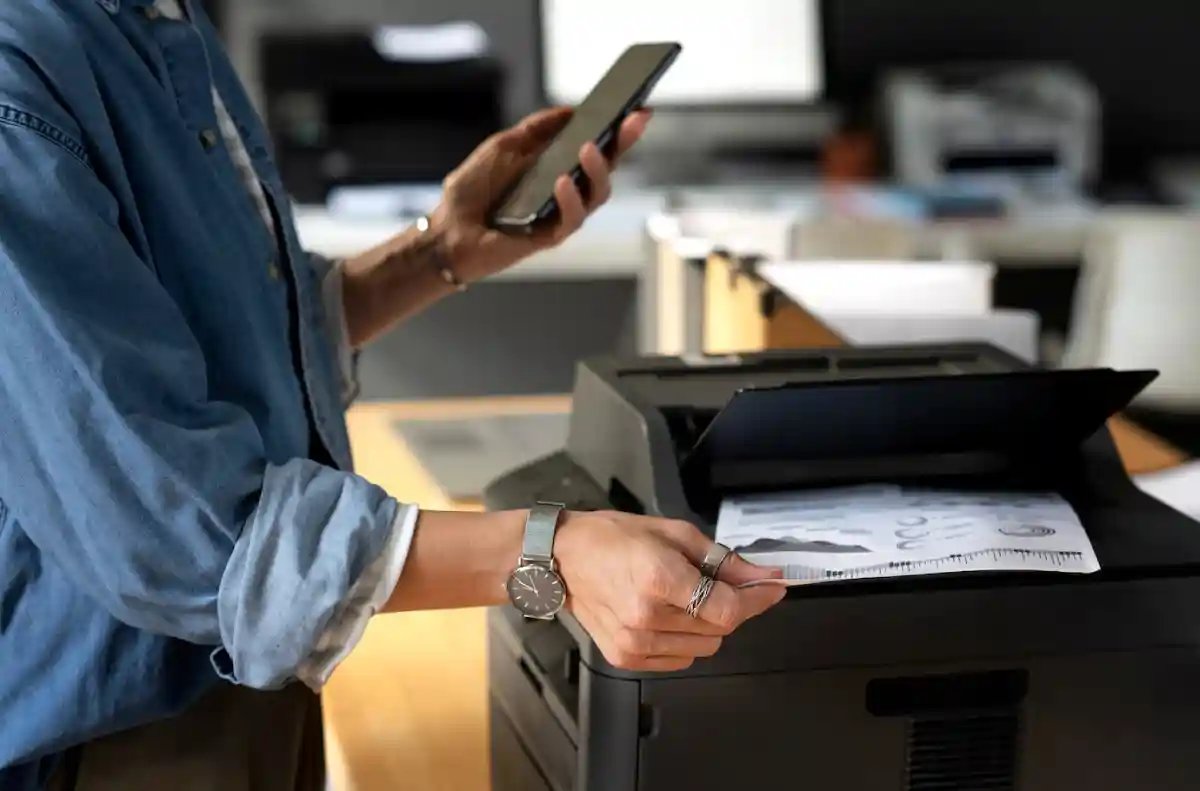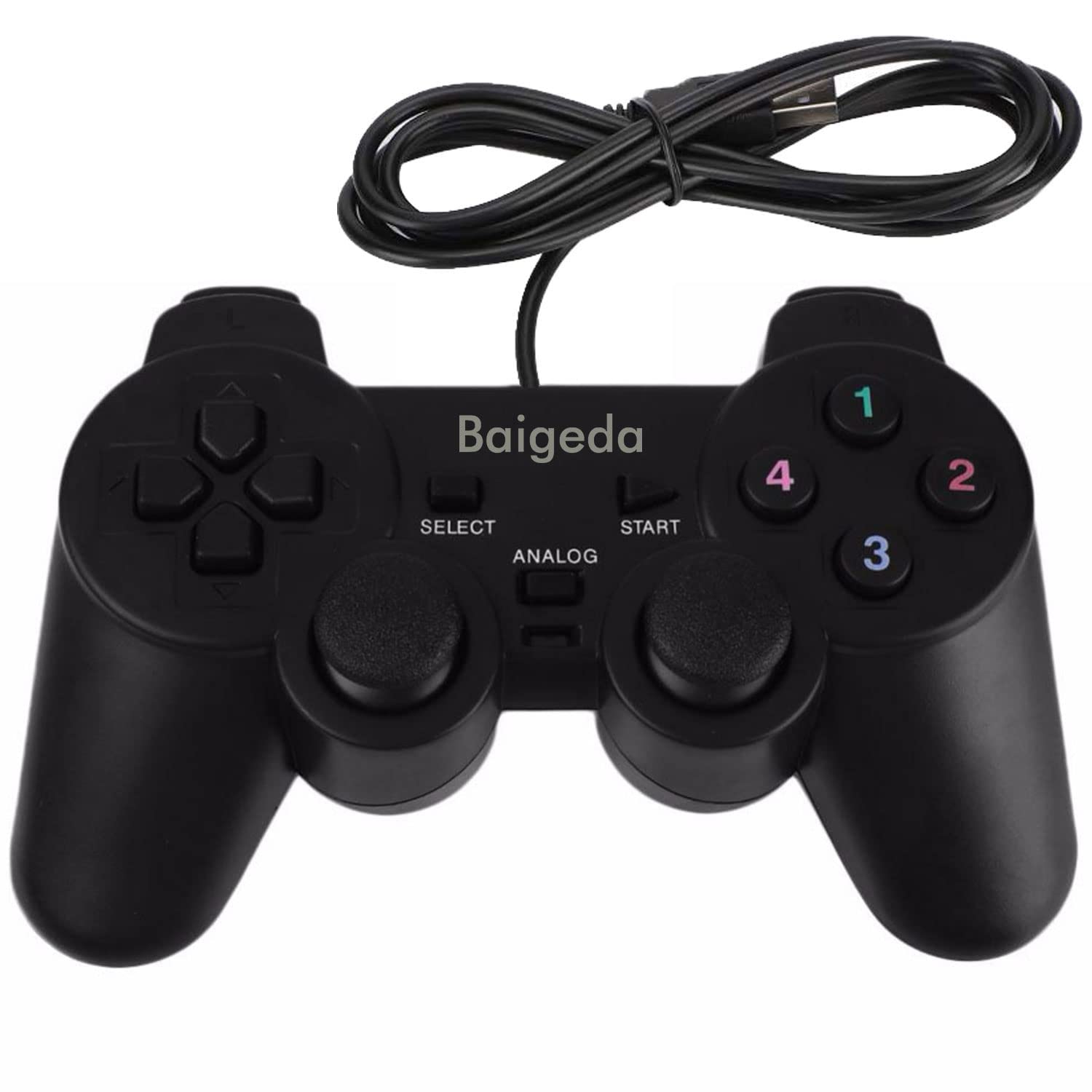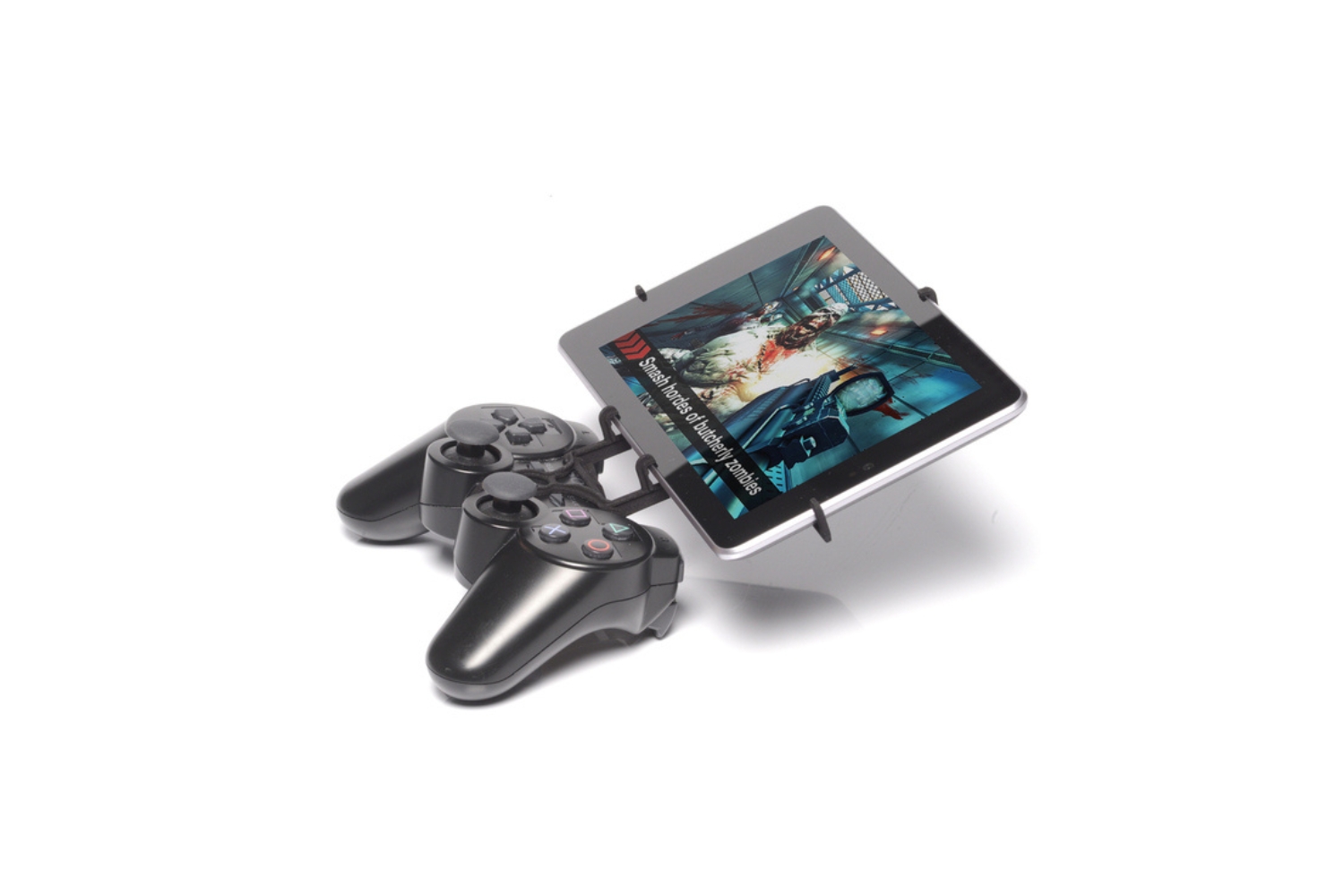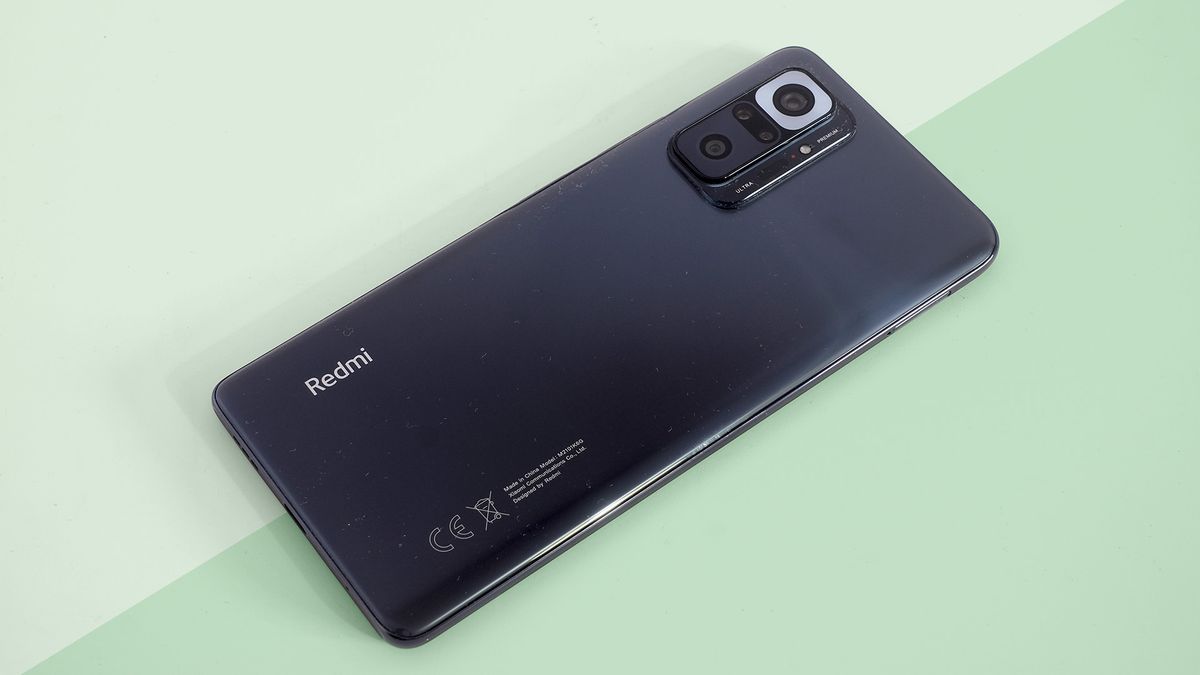Introduction
The On-The-Go (OTG) cable is a nifty little accessory that has revolutionized the way we use our mobile devices. With its ability to enable direct connection between smartphones or tablets and USB peripherals such as keyboards, mice, and flash drives, the OTG cable has expanded the functionality of our devices beyond their original capabilities. However, as with any technology, issues may arise, causing frustration and inconvenience. In this article, we will explore troubleshooting tips to help you make your OTG cable functional and get the most out of this versatile accessory.
The OTG cable serves as a bridge between your mobile device and a wide range of USB peripherals, allowing you to effortlessly transfer files, expand input options, and enhance productivity on the go. Whether you're a student looking to connect a keyboard to your tablet for typing up lecture notes, a photographer transferring images from a camera to a smartphone, or a music enthusiast connecting a USB audio interface to your device for high-quality sound recording, the OTG cable opens up a world of possibilities.
Despite its numerous advantages, the OTG cable may encounter issues that hinder its functionality. From compatibility problems to connection issues and device settings, troubleshooting these issues can be perplexing. However, fear not, as we are here to guide you through the process of identifying and resolving these issues, ensuring that your OTG cable functions seamlessly and reliably.
By delving into the intricacies of OTG cable troubleshooting, you will gain a deeper understanding of the potential challenges and solutions, empowering you to make the most of this indispensable accessory. So, let's embark on this troubleshooting journey and equip ourselves with the knowledge and skills needed to overcome any obstacles that may arise when using an OTG cable with our mobile devices.
Check the OTG Cable Compatibility
Before delving into troubleshooting, it's crucial to ensure that your OTG cable is compatible with your mobile device. Not all devices support OTG functionality, so it's essential to verify compatibility to avoid unnecessary frustration. Here's how you can check the compatibility of your OTG cable:
-
Device Compatibility: Firstly, ascertain whether your mobile device supports OTG functionality. Most modern Android smartphones and tablets are OTG-compatible, but it's always best to confirm this. You can do so by checking the device's specifications on the manufacturer's website or consulting the user manual.
-
OTG Cable Type: There are different types of OTG cables, including micro-USB to USB-A and USB-C to USB-A. Ensure that you have the correct OTG cable that matches the port on your mobile device. Using an incompatible cable can lead to connectivity issues and render the OTG functionality ineffective.
-
Peripherals Compatibility: While the OTG cable itself may be compatible with your device, it's equally important to ensure that the USB peripherals you intend to connect are also compatible. Some peripherals may require specific drivers or may not be fully functional when connected via OTG.
-
Operating System Compatibility: Check if your device's operating system is compatible with OTG functionality. While most Android devices support OTG, it's essential to ensure that your device's operating system version is compatible with the OTG feature.
By confirming the compatibility of your OTG cable with your device, peripherals, and operating system, you can preemptively address any potential compatibility issues and proceed with troubleshooting knowing that the foundational elements are in place. This proactive approach sets the stage for a smoother troubleshooting process, allowing you to focus on identifying and resolving specific issues that may be affecting the functionality of your OTG cable.
Ensure Proper Connection
A crucial aspect of troubleshooting the functionality of an OTG cable is ensuring a proper and secure connection between the mobile device and the USB peripheral. A loose or faulty connection can lead to intermittent functionality or complete failure of the OTG feature. Here's how you can ensure a proper connection and address any issues that may arise:
-
Secure Insertion: When connecting the OTG cable to your mobile device, ensure that it is securely inserted into the device's charging or data port. A loose connection can result in intermittent connectivity, leading to malfunctions when using USB peripherals.
-
Check USB Peripheral Connection: If you are connecting a USB peripheral such as a flash drive or a keyboard to the OTG cable, make sure that the peripheral is firmly connected to the USB port on the OTG adapter. A loose connection between the peripheral and the OTG cable can disrupt data transfer or input functionality.
-
Inspect for Dust and Debris: Over time, dust and debris can accumulate in the charging or data port of your mobile device, potentially obstructing the OTG cable's proper insertion. Carefully inspect the port and use compressed air or a soft brush to clean out any foreign particles that may hinder the connection.
-
Test Different USB Ports: If your mobile device has multiple USB ports, try connecting the OTG cable to different ports to rule out potential issues with a specific port. This can help identify whether the problem lies with the OTG cable, the mobile device's port, or the USB peripheral.
-
Replace Faulty OTG Cable: If you have access to another OTG cable, consider testing the USB peripheral with the alternative cable. This can help determine if the issue is specific to the OTG cable itself. If the alternative cable works seamlessly, it may indicate a fault in the original OTG cable, prompting its replacement.
By meticulously ensuring a proper and secure connection between the OTG cable, mobile device, and USB peripheral, you can eliminate potential connectivity issues and focus on other aspects of troubleshooting. A stable and reliable connection forms the foundation for the seamless functionality of the OTG feature, allowing you to harness the full potential of your mobile device in conjunction with USB peripherals.
Verify Device Settings
Ensuring that the device settings are optimized to support OTG functionality is paramount in troubleshooting any issues related to the operation of the OTG cable. By delving into the device settings, users can uncover potential configuration discrepancies that may be impeding the seamless operation of the OTG feature. Here's a detailed exploration of the steps involved in verifying and adjusting the device settings to enhance OTG functionality:
-
Enable OTG Support: Begin by confirming that the OTG feature is enabled on your mobile device. Navigate to the device settings and locate the "OTG" or "USB OTG" option. In some devices, this feature may be found under the "Developer options" menu. Ensure that the OTG functionality is activated to allow the device to recognize and interact with USB peripherals via the OTG cable.
-
USB Connection Mode: Many Android devices offer various USB connection modes, such as "File Transfer," "MIDI," "Charging," and "Photo Transfer." When using the OTG cable to connect USB peripherals, it's essential to set the USB connection mode to "File Transfer" or "MIDI," depending on the type of peripheral being connected. This setting ensures that the device communicates effectively with the connected USB accessory, enabling seamless data transfer and functionality.
-
Permission Settings: Some devices may require explicit permission to access USB peripherals via the OTG cable. Check the device settings for any permission prompts or security settings related to USB connections. Grant necessary permissions for the connected USB peripheral to ensure unrestricted access and functionality.
-
Check for OTG Notifications: Upon connecting the OTG cable and a USB peripheral, the device should display a notification indicating the successful connection and the type of USB peripheral detected. If no notification appears, it may indicate a configuration issue. Check the device settings for notification settings related to OTG connections and ensure that they are enabled to receive prompts and status updates when using the OTG cable.
-
Firmware Updates: In some cases, outdated firmware or software versions can hinder the proper functioning of the OTG feature. Check for available system updates in the device settings and ensure that the device's firmware is up to date. Manufacturers often release updates that address compatibility and functionality issues, including those related to OTG support.
By meticulously verifying and adjusting the device settings as outlined above, users can eliminate potential configuration obstacles that may impede the seamless operation of the OTG cable. These proactive measures empower users to optimize their device settings for enhanced OTG functionality, ensuring a smooth and efficient experience when utilizing USB peripherals with the OTG cable.
Test with Different Devices
Testing the functionality of an OTG cable across different devices can provide valuable insights into the root cause of any issues encountered. By conducting tests with multiple devices, users can discern whether the problem lies with a specific mobile device, the OTG cable itself, or the USB peripheral being connected. This systematic approach to testing with different devices serves as a comprehensive troubleshooting method, allowing users to pinpoint the source of the problem and take appropriate corrective measures.
When testing the OTG cable with different devices, it's essential to follow a structured approach to gather meaningful data and observations. Here's a step-by-step guide on how to conduct tests with different devices to troubleshoot OTG functionality:
-
Device Selection: Begin by selecting a diverse range of devices for testing, including smartphones, tablets, and other OTG-compatible gadgets. Ideally, choose devices with varying operating systems, USB port configurations, and manufacturer specifications to capture a broad spectrum of testing scenarios.
-
Connectivity Testing: Connect the OTG cable to each selected device, ensuring a secure and stable connection. Subsequently, connect a known functional USB peripheral, such as a flash drive or a keyboard, to the OTG cable. Observe the behavior of the connected peripheral on each device, noting any inconsistencies or malfunctions.
-
Data Transfer Verification: If the USB peripheral being used is intended for data transfer, such as a flash drive, attempt to transfer files to and from the connected device. Note any instances of data transfer failures, slow transfer speeds, or unexpected errors that may arise during the process.
-
Peripheral Functionality: For peripherals such as keyboards or mice, assess their functionality when connected to each device via the OTG cable. Test input responsiveness, key mapping, and overall usability to identify any discrepancies in performance across different devices.
-
Observation and Documentation: Throughout the testing process, carefully observe and document any irregularities, error messages, or unexpected behaviors exhibited by the OTG cable and connected peripherals. Detailed documentation provides valuable insights for further analysis and troubleshooting.
By conducting comprehensive tests with different devices, users can gain a holistic understanding of the OTG cable's functionality and performance across various hardware and software environments. This approach enables users to isolate device-specific issues, potential compatibility constraints, or inherent limitations of the OTG cable, paving the way for targeted troubleshooting and resolution.
Ultimately, testing the OTG cable with different devices serves as a strategic diagnostic tool, allowing users to gather empirical evidence and make informed decisions regarding the optimization and maintenance of OTG functionality across their diverse range of mobile devices.
Inspect for Physical Damage
Thoroughly inspecting the OTG cable for physical damage is a crucial step in troubleshooting its functionality. Physical damage, such as frayed cables, bent connectors, or exposed wires, can significantly impact the OTG cable's performance and reliability. By meticulously examining the cable and its connectors, users can identify potential issues stemming from physical wear and tear, allowing for targeted corrective actions.
Visual Examination
Initiate the inspection process by visually examining the entire length of the OTG cable. Look for any signs of external damage, including cuts, kinks, or abrasions along the cable's insulation. Pay close attention to areas near the connectors, as these are susceptible to stress and strain during regular usage. Additionally, inspect the connectors for any visible damage, such as bent pins, dents, or corrosion, which can impede proper connectivity.
Cable Flexibility and Integrity
Gently flex the OTG cable along its length, feeling for any areas of stiffness or resistance. A flexible and uniform cable indicates structural integrity, while stiffness or resistance may signal internal wire damage. Carefully bend and manipulate the cable near the connectors to assess its resilience and suppleness, ensuring that it retains its original shape without deformation.
Connector Stability
Verify the stability and integrity of the connectors by gently wiggling them while connected to a device and a USB peripheral. A secure and stable connection should exhibit minimal movement or wobbling, indicating a snug fit. Any excessive play or looseness in the connectors may indicate connector damage or wear, potentially leading to intermittent connectivity issues.
Cable Continuity Testing
For users equipped with a multimeter or continuity tester, performing a continuity test on the OTG cable can reveal hidden wiring issues. By testing the continuity of each wire within the cable and across the connectors, users can identify breaks, shorts, or inconsistencies in the cable's conductive paths. This diagnostic approach provides a comprehensive assessment of the cable's internal integrity and can uncover latent issues that impact OTG functionality.
Replacement Consideration
If the inspection reveals significant physical damage that compromises the OTG cable's functionality, considering a replacement is prudent. While minor wear and tear can often be addressed through repairs, extensively damaged cables with compromised structural integrity may warrant replacement to ensure reliable and uninterrupted OTG functionality.
By meticulously inspecting the OTG cable for physical damage and structural integrity, users can proactively address potential issues stemming from wear and tear, environmental exposure, or mishandling. This diligent examination serves as a preemptive measure to maintain the OTG cable's operational efficiency and reliability, laying the groundwork for seamless connectivity and optimal performance with USB peripherals.
Update Device Firmware or Software
Keeping the device's firmware and software up to date is a critical aspect of troubleshooting OTG cable functionality. Manufacturers often release firmware and software updates to address compatibility issues, enhance performance, and introduce new features. By ensuring that the device's firmware and software are current, users can mitigate potential OTG-related issues stemming from outdated system components.
To initiate the update process, users should navigate to the device's settings and locate the "System Updates," "Software Update," or "Firmware Update" option. Depending on the device's manufacturer and model, the update option may be found within the "About Device" or "System" section of the settings menu. Upon accessing the update interface, users can check for available updates and proceed with the installation process.
It's essential to connect the device to a stable Wi-Fi network before initiating the update, as firmware and software updates are often large in size and require a reliable internet connection for seamless downloading. Additionally, users should ensure that the device is adequately charged or connected to a power source to prevent interruptions during the update process.
Once the update is initiated, the device will proceed to download and install the latest firmware or software version. During this process, it's crucial to refrain from interrupting the update or powering off the device, as doing so can lead to incomplete installations or system instability.
Firmware and software updates not only address potential OTG-related issues but also contribute to overall system optimization and security enhancements. By staying current with firmware and software updates, users can maximize the compatibility and functionality of the OTG feature, ensuring a seamless and reliable experience when connecting USB peripherals via the OTG cable.
In the event that the device's firmware or software update fails or encounters errors, users should consult the device manufacturer's support resources for troubleshooting guidance. Manufacturers often provide detailed instructions and support channels to assist users in resolving update-related issues, ensuring that the device remains up to date and fully functional.
By prioritizing the update of device firmware and software, users can proactively address potential OTG-related challenges, harnessing the full potential of the OTG cable and its compatibility with a diverse range of USB peripherals. This proactive approach to system maintenance and optimization sets the stage for a seamless and efficient OTG experience, empowering users to leverage the versatility and functionality of their mobile devices to the fullest extent.
Conclusion
In conclusion, troubleshooting the functionality of an OTG cable involves a systematic approach to identify and address potential issues that may hinder its seamless operation. By delving into the intricacies of OTG cable troubleshooting, users can equip themselves with the knowledge and skills needed to overcome any obstacles that may arise when using an OTG cable with their mobile devices.
Throughout this troubleshooting journey, we explored essential steps to ensure the optimal functionality of the OTG cable. From verifying compatibility and ensuring proper connections to examining device settings, testing with different devices, inspecting for physical damage, and updating device firmware or software, each step contributes to a comprehensive approach to troubleshooting OTG functionality.
By confirming the compatibility of the OTG cable with the mobile device, peripherals, and operating system, users can preemptively address potential compatibility issues and proceed with troubleshooting knowing that the foundational elements are in place. This proactive approach sets the stage for a smoother troubleshooting process, allowing users to focus on identifying and resolving specific issues that may be affecting the functionality of the OTG cable.
Ensuring a proper and secure connection between the OTG cable, mobile device, and USB peripheral forms the foundation for the seamless functionality of the OTG feature. By meticulously ensuring a stable connection, users can eliminate potential connectivity issues and focus on other aspects of troubleshooting, fostering a reliable and efficient OTG experience.
Verifying and adjusting device settings empowers users to optimize their device settings for enhanced OTG functionality, ensuring a smooth and efficient experience when utilizing USB peripherals with the OTG cable. These proactive measures enable users to eliminate potential configuration obstacles that may impede the seamless operation of the OTG cable, enhancing its overall functionality.
Testing the OTG cable with different devices serves as a strategic diagnostic tool, allowing users to gather empirical evidence and make informed decisions regarding the optimization and maintenance of OTG functionality across a diverse range of mobile devices. This systematic approach to testing with different devices provides valuable insights into the root cause of any issues encountered, enabling users to pinpoint the source of the problem and take appropriate corrective measures.
Thoroughly inspecting the OTG cable for physical damage and structural integrity serves as a preemptive measure to maintain the OTG cable's operational efficiency and reliability, laying the groundwork for seamless connectivity and optimal performance with USB peripherals.
Keeping the device's firmware and software up to date is a critical aspect of troubleshooting OTG cable functionality. By ensuring that the device's firmware and software are current, users can mitigate potential OTG-related issues stemming from outdated system components, maximizing the compatibility and functionality of the OTG feature.
In essence, by following these troubleshooting tips and incorporating them into their OTG cable usage, users can overcome challenges and ensure the seamless functionality of this indispensable accessory, enabling them to fully leverage the potential of their mobile devices in conjunction with a diverse range of USB peripherals.







